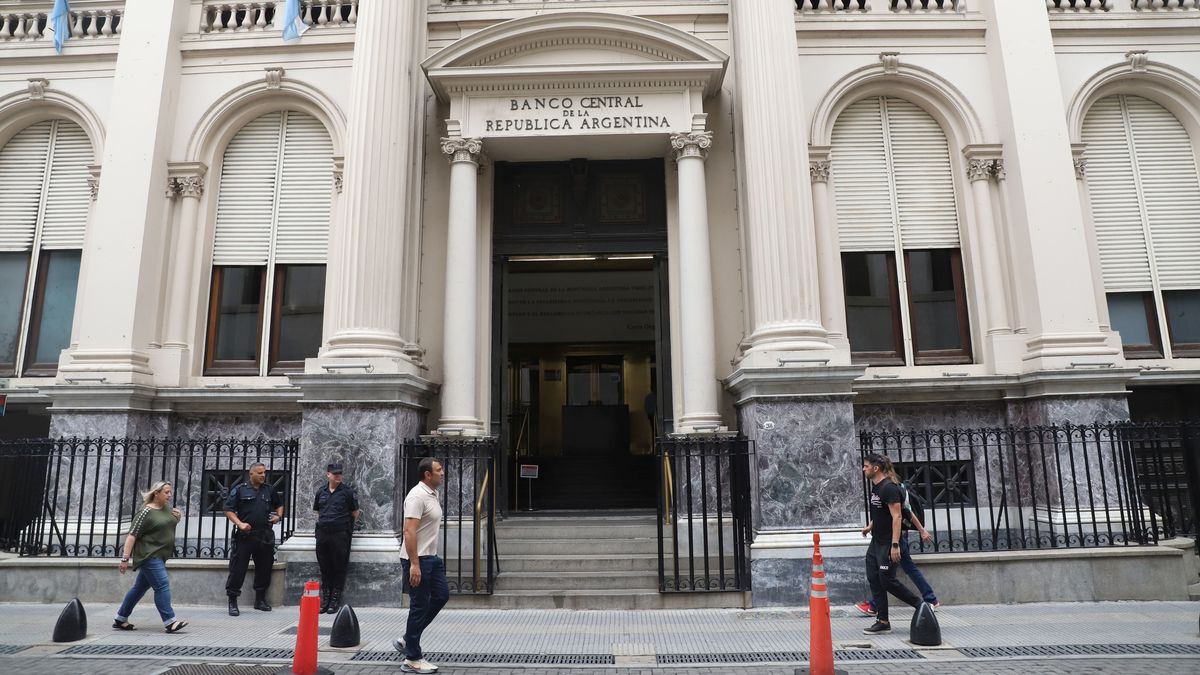Rodrigo Benítez, chief economist at MegaQM, stated: “Today the BCRA has $10.6 trillion of debt issued in pesos. They are made up of Leliqs ($8 Billion) and Passes with banks and with FCI ($2.6 Billion). The Leliqs accrue a nominal annual rate of 75% and are renewed every 28 days. That implies a monthly rate of 6.2%. The repos, when taken by the banks, accrue a nominal annual rate of 72%, but since they are 1 day, the effective monthly rate is 6.1%. The average cost is 6.15% per month, which implies an issue of $650,000 million pesos each month”.
“Remunerated liabilities currently represent 12% of GDP. In turn, for every peso of monetary base there are two pesos for remunerated liabilities that yield above the 105% effective annual rate. Given these current levels, we are at a daily average of $28,531 million in accrued interest”warned analyst Salvador Vitelli.
The main engine of growth that the Central Bank’s debt had in recent months was its interest payments. About, Benitez He added: “In addition, the BCRA has issued pesos in the last six months for two reasons: the soybean dollar scheme and the purchase of Treasury titles in pesos. The soybean dollar scheme that was applied both in September and December implied a strong accumulation of reserves, but for that it needed to issue pesos. Between both months it issued $1.6 trillion. The second factor has been the repurchase of Treasury bonds through open market operations. In total, $1.9 trillion pesos were issued for this concept. To prevent this issuance from impacting inflation, the BCRA reabsorbs them with Leliqs and Pases, which explains the growth in remunerated liabilities”.
For his part, Vitelli warned that “at the current rate levels, in one year the amounts will double just because of their interest, so it would not surprise me to see a monthly issuance of $1,000 million for said payment, to the detriment of the payroll.” balance of the BCRA, to which is added the last modification to the rate they pay for the repos”.
An LCG report warns: “The BCRA continues issuing currency that is not demanded by the public and that results in an increase in remunerated liabilities. The rise in the free exchange rate does not help for this and the still high inflation expectations do not suggest a recovery in the demand for real balances either. Additionally, the current rate level complicates the scenario since it causes the demand for currency to migrate towards deposits without a counterpart in the corresponding demand for credit”.
Source: Ambito




